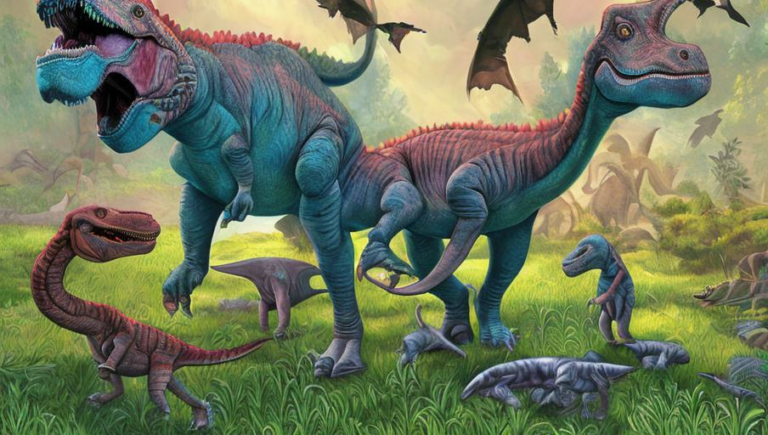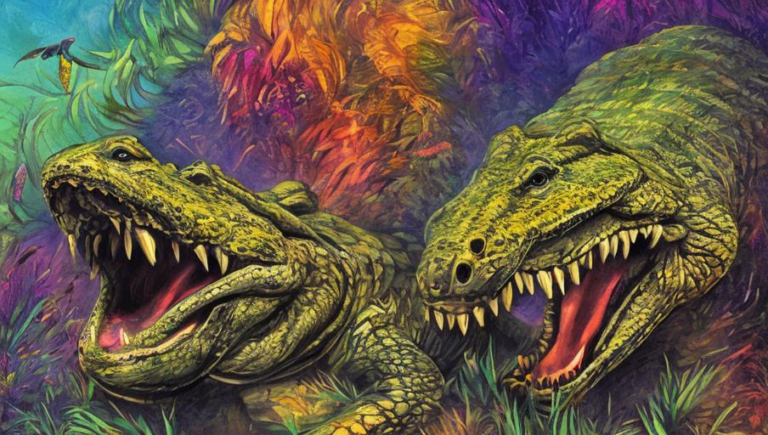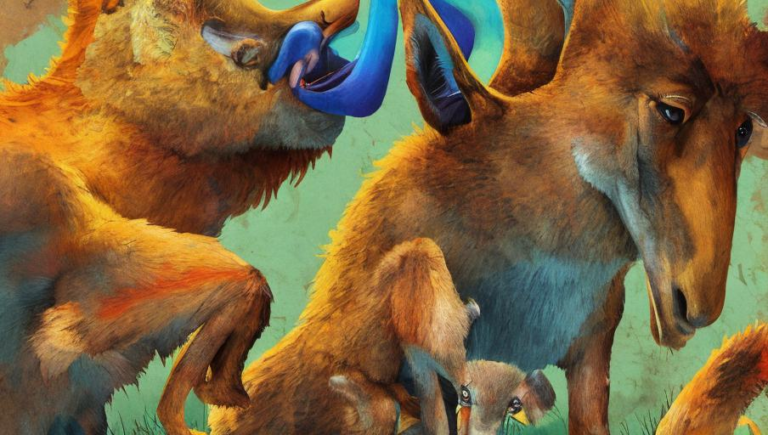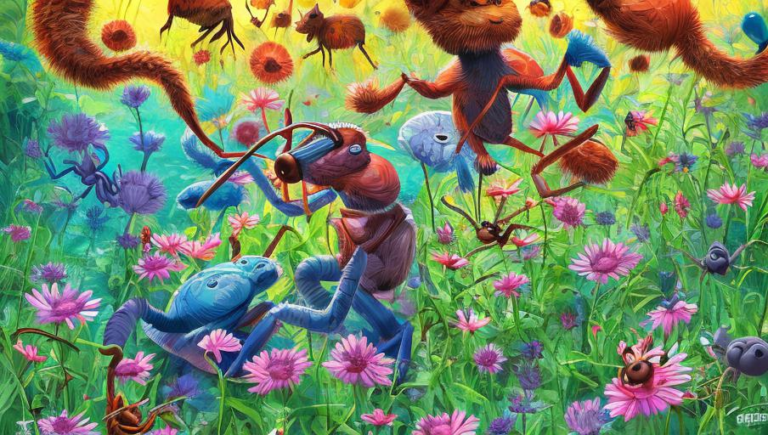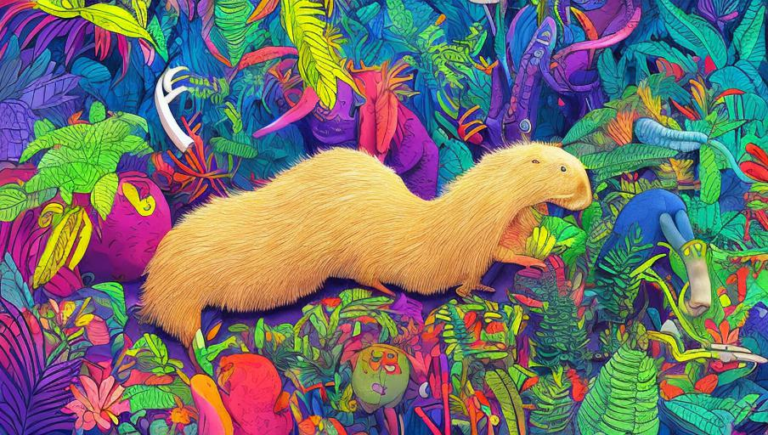A Field Guide to the Dunlin’s Habitat
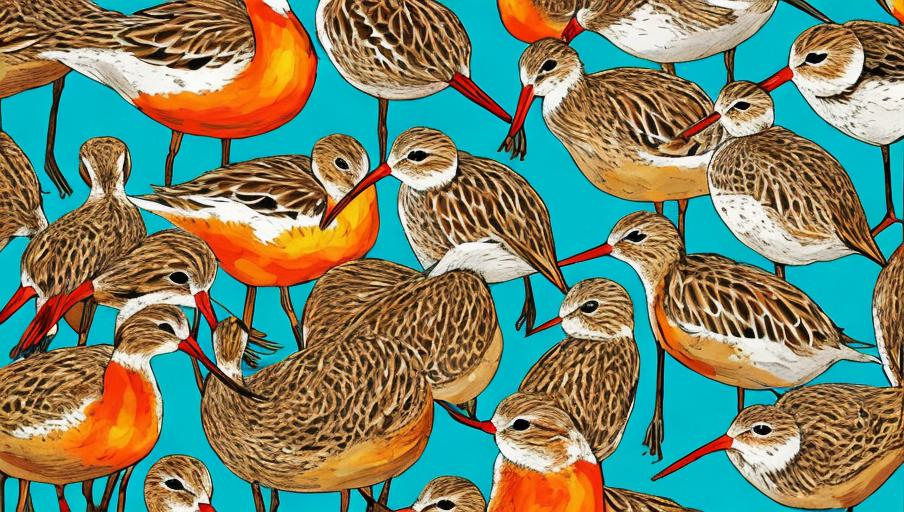
Introduction
The Dunlin is a small shorebird that is found throughout the world. It is an important part of the food web in its home habitats, as it feeds on insects, mollusks, and crustaceans. The Dunlin is a migratory species, meaning it moves around the world in search of food and shelter. This species is interesting in that it will often move with other species, such as sandpipers, to form flocks of hundreds of birds. Despite its small size, the Dunlin is an incredibly important species to its home habitats.
Where it is Found
The Dunlin is found throughout the world, in both fresh and saltwater habitats. It prefers shallow waters, such as mudflats, estuaries, and lagoons, but can also be found in coastal marshes, beaches, and other open habitats. In the summer months, the Dunlin will migrate to the Arctic tundra, where they breed and raise their young. In the winter, the Dunlin will move to more temperate climates, such as North America and Europe.
What it Needs to Survive
The Dunlin needs a variety of things to survive, including food sources, shelter, and nesting sites. Food sources can include insects, mollusks, and crustaceans, which can be found in the shallow waters they frequent. They also need shelter from predators, such as eagles and hawks, which can be found in tall grasses, reeds, and other vegetation. Finally, the Dunlin needs nesting sites to raise their young, which can be found in dense vegetation near water.
Threats to the Dunlin
Like many species, the Dunlin is threatened by habitat loss and disruption. Human activities, such as development, pollution, and overfishing, can all threaten the Dunlin’s habitat. Additionally, climate change is also a major threat to the Dunlin, as it can alter the weather patterns that the bird relies on for migration. Finally, the Dunlin is also threatened by hunting and poaching, as it can be an easy target for poachers.
Conclusion
The Dunlin is an important species that is found throughout the world. It is an important part of the food web, as it feeds on insects, mollusks, and crustaceans. The Dunlin is also an important species for conservation, as its habitat is threatened by human activities, climate change, and hunting and poaching. By learning more about the Dunlin’s habitat and the threats it faces, we can take steps to protect this species and its home habitats.
